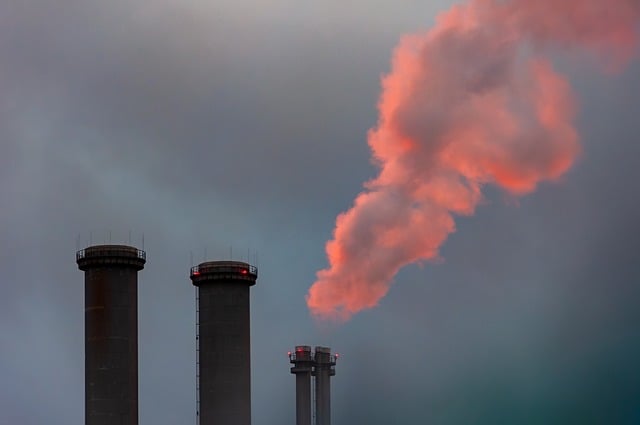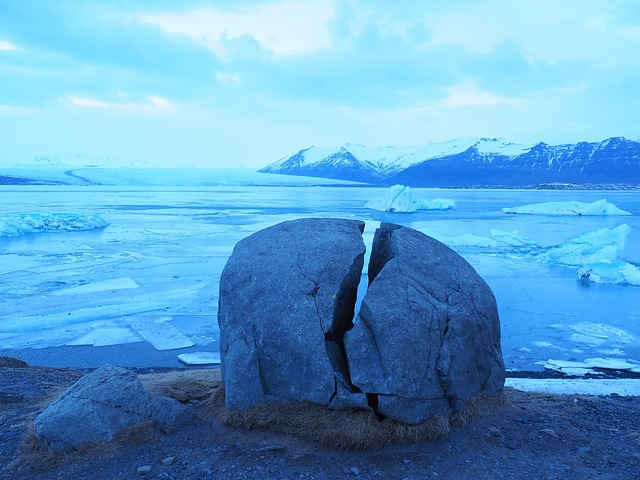Over the past century, the planet has warmed by more than a degree Celsius, a change that reverberates through every layer of the Earth’s system. Among the most visible and measurable effects of this warming are the rapid loss of glaciers and ice sheets in the Arctic, Antarctic, and mountain ranges worldwide. While the disappearance of ice itself is a dramatic phenomenon, it is only part of a broader chain of events that amplifies sea‑level rise. One crucial link in that chain is the way in which warmer water expands, a process known as thermal expansion. By altering ocean density and circulation patterns, thermal expansion not only raises the level of the seas directly but also feeds back into atmospheric and cryospheric dynamics that accelerate glacial retreat.
How Thermal Expansion Works in the Ocean
Water is a unique substance in that it contracts when it cools below about 4 °C, then expands again as it warms beyond that threshold. This non‑linear behavior means that when surface waters absorb heat from the atmosphere, they become less dense and rise, while cooler, denser water sinks. As global temperatures climb, the overall heat content of the oceans increases, pushing the upper layers to expand. The effect is similar to the way a balloon inflates when heated; however, because the ocean contains billions of cubic meters of water, the volume change translates into a measurable rise in sea level—approximately 80 % of the current rise can be attributed to thermal expansion alone.
Measuring the Impact of Thermal Expansion on Sea‑Level Rise
Scientists employ a combination of satellite altimetry, tide‑gauge records, and in‑situ temperature measurements to isolate the portion of sea‑level rise caused by thermal expansion. By integrating temperature profiles across the depth of the ocean and comparing them to historical data, researchers can estimate how much the water’s volume has increased. Recent studies have shown that the contribution of thermal expansion has been accelerating, especially in the North Atlantic and the Southern Ocean, where warming rates are highest. This trend is a clear indicator that the oceans are acting as a buffer that absorbs atmospheric heat, but one that ultimately pushes coastlines outward.
Interactions Between Glacial Melt and Thermal Expansion
The relationship between glacier loss and ocean thermal expansion is bidirectional. Freshwater from melting ice enters the ocean, slightly cooling surface waters and creating a complex interplay between density, circulation, and temperature. In some regions, the influx of fresh water can temporarily reduce the speed of currents that normally transport warm water poleward, slowing the rate of thermal expansion locally. Conversely, as global temperatures continue to climb, the net effect of freshwater dilution is outweighed by the overarching warming of the deep ocean, which contributes more significantly to volume increase. This dynamic illustrates how melting ice and thermal expansion are components of a larger, self‑reinforcing climate system.
Regional Consequences: The Arctic and the Southern Ocean
In the Arctic, the rapid loss of sea ice and ice shelves has been accompanied by a marked increase in ocean temperatures, especially during the summer months. The resulting thermal expansion has contributed to a pronounced rise in sea level in the Arctic region, which, due to the so‑called “Arctic amplification,” experiences temperature increases that outpace global averages. Meanwhile, the Southern Ocean, which encircles Antarctica, has become a major sink for atmospheric heat. Its deep waters warm more quickly, leading to a disproportionate expansion effect that elevates sea level along the Antarctic coastlines. These regional differences underscore the importance of localized studies when projecting future sea‑level scenarios.
Predicting Future Sea‑Level Rise: Models and Uncertainties
Climate models incorporate complex physics to simulate the response of the ocean to warming. Thermal expansion is a key variable, but its accurate representation depends on the resolution of the models and the fidelity of oceanic heat transport schemes. Some models predict that by 2100, thermal expansion could contribute up to 20 centimetres of sea‑level rise under a high‑emission scenario, while others estimate less due to different assumptions about ocean circulation changes. Uncertainties also stem from the potential for abrupt changes in ocean stratification, which could either amplify or mitigate the expansion effect. Ongoing research seeks to reduce these uncertainties by improving observational networks and refining numerical algorithms.
Implications for Coastal Communities
For millions of people living along coastlines, the rise in sea level driven by thermal expansion is more than an abstract number. It translates into higher flood frequencies, increased erosion, and saltwater intrusion into freshwater aquifers. Urban planners and policymakers are compelled to integrate thermal expansion projections into infrastructure design, evacuation planning, and zoning regulations. While some mitigation strategies focus on reducing greenhouse gas emissions, others aim to enhance natural buffers—such as mangroves and wetlands—that can absorb excess water. In this context, understanding the mechanics of thermal expansion is essential for crafting resilient adaptation measures.
Mitigation and Adaptation: Turning Knowledge into Action
Addressing the challenge posed by thermal expansion and glacial melt requires a dual approach. On the mitigation side, reducing carbon emissions is the most direct way to slow ocean warming and, consequently, thermal expansion. International agreements and national policies that set ambitious emission targets are foundational steps. On the adaptation side, communities can invest in seawalls, floodgates, and engineered wetlands that provide protection while preserving ecological integrity. Additionally, enhancing scientific monitoring—through autonomous floats, satellite missions, and deep‑sea buoys—will refine our understanding of how quickly thermal expansion is evolving and inform timely policy responses.



